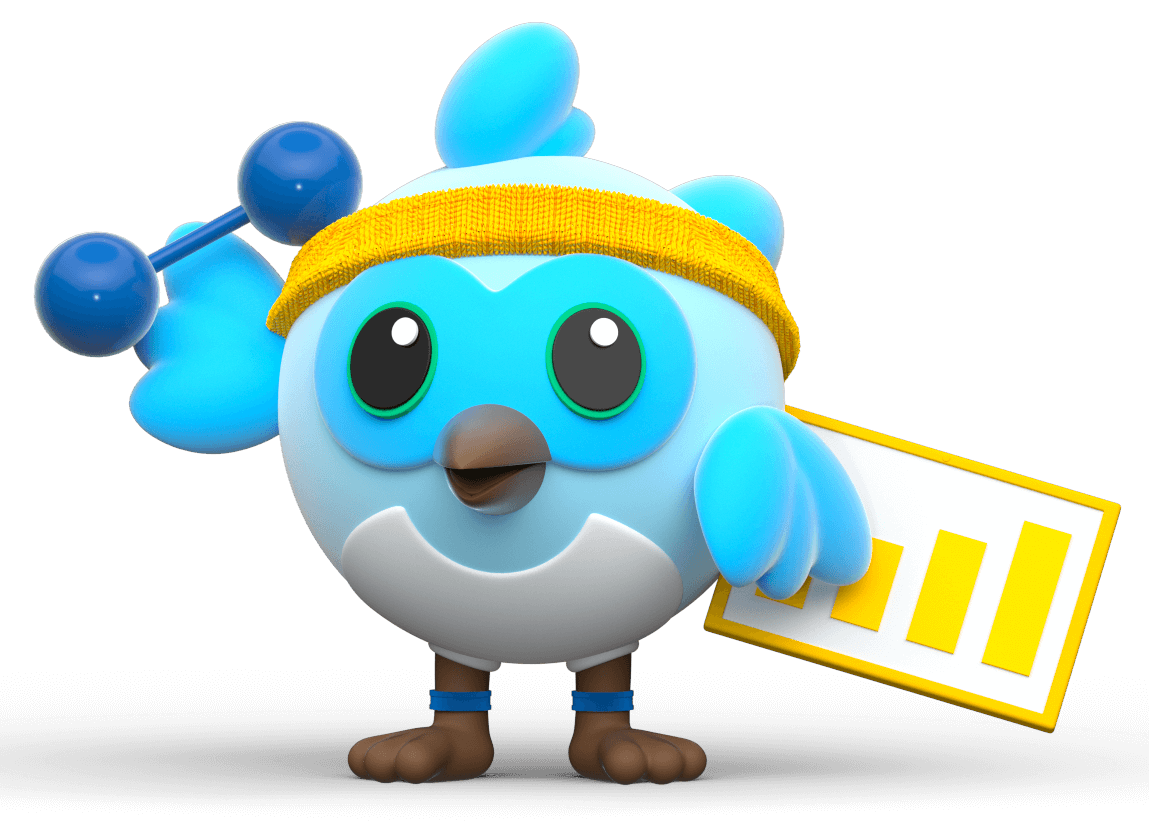Introduction
In the competitive landscape of mobile app development, expectations for performance and optimization have never been higher.
Today's users won't tolerate slow loading times, choppy animations, or resource-intensive applications. They are looking for a user experience that is both fluid and engaging. Flutter, Google's multi-platform mobile app development framework, has quickly become a go-to choice for developers and businesses striving to meet these demanding expectations.
But why does Flutter stand out in these areas? What are its unique features in terms of performance and optimization? And how do these features translate into tangible benefits for developers and, ultimately, users?
In this article, we will dive deep into these questions and examine the various features and techniques Flutter offers to maximize performance and optimization.
Ahead-of-Time (AOT) Compilation: A Pillar of Performance in Native Code
One of the cornerstone features of performance with Flutter lies in its ability to utilize Ahead-of-Time (AOT) Compilation.
This approach to compilation is a distinctive element that sets Flutter significantly apart from many other frameworks. Specifically, AOT compilation transforms Dart code into "native code" for each target platform even before the application is launched. The conversion to native code is crucial as it eliminates any layer of interpretation, thereby maximizing speed and efficiency.
The primary advantage here is the quick startup time. When users launch an app, they expect immediate responsiveness. Loading delays are often perceived as hurdles, even if the rest of the app is exceptionally designed. With AOT compilation, Flutter enables near-instantaneous app startup, significantly enhancing the user experience from the get-go.
Compilation into "native code" also has other key advantages.
Native code is closer to the machine language, which means it runs faster and utilizes system resources more efficiently. This has positive ramifications on multiple fronts, including reduced memory usage and better energy efficiency. In the mobile world where every percentage of battery life matters, this CPU and memory optimization can be a decisive factor in an app's user adoption.
But the benefits of AOT compilation into "native code" don’t stop there. It also fortifies the app's security. Because the code is already compiled, it becomes more challenging for a malicious actor to interfere and manipulate the app during its execution. This is an often-overlooked point but adds an extra layer of reliability and security, especially for apps requiring secure transactions or the handling of sensitive data.
Refresh Rate: 60 FPS and Beyond
When talking about a smooth user experience, the refresh rate, measured in frames per second (FPS), is often the first thing that comes to mind. Flutter targets a base rate of 60 FPS, which is already quite impressive. This level of smoothness allows for silky animations and near-instantaneous user interaction.
But Flutter goes further.
On high-end devices, it can run at an even higher refresh rate, reaching up to 120 FPS.
Why is this important? A higher refresh rate means users experience even smoother visuals, particularly beneficial for graphically intensive applications like games.
It's also worth noting that maintaining a high refresh rate is not just about user experience; it also has implications on the app's overall performance. An app capable of maintaining a high FPS rate is generally well-optimized in terms of memory management and CPU usage, which means it will be more stable and reliable.
Optimal Resource Management
Flutter is also designed with resource optimization in mind. Thanks to the Flutter DevTools, developers can track various performance metrics, including CPU, GPU, and memory usage. This granularity allows for pinpointing performance bottlenecks and making the necessary adjustments.
But that's not all.
Flutter also allows for customizing resource loading based on various factors such as platform, localization, and screen resolution. For instance, why load high-resolution images on a device with a small screen? Flutter provides the flexibility to customize these aspects, which not only enhances the user experience but also optimizes resource usage.
Conclusion
Performance and optimization are vital elements in the world of mobile app development, where users are increasingly demanding and less tolerant of imperfections.
Flutter has established itself as a leader in this field thanks to a suite of thoughtfully designed features and tools, ranging from AOT compilation to high refresh rates, and optimal resource management.
At Flutteris, we fully embrace this philosophy by using Flutter to deliver mobile app development solutions that are fast, efficient, and secure.
This focus on performance and optimization, coupled with the ongoing improvements brought by the latest versions of Flutter, makes this framework an unbeatable option for anyone looking to create exceptional mobile apps.
